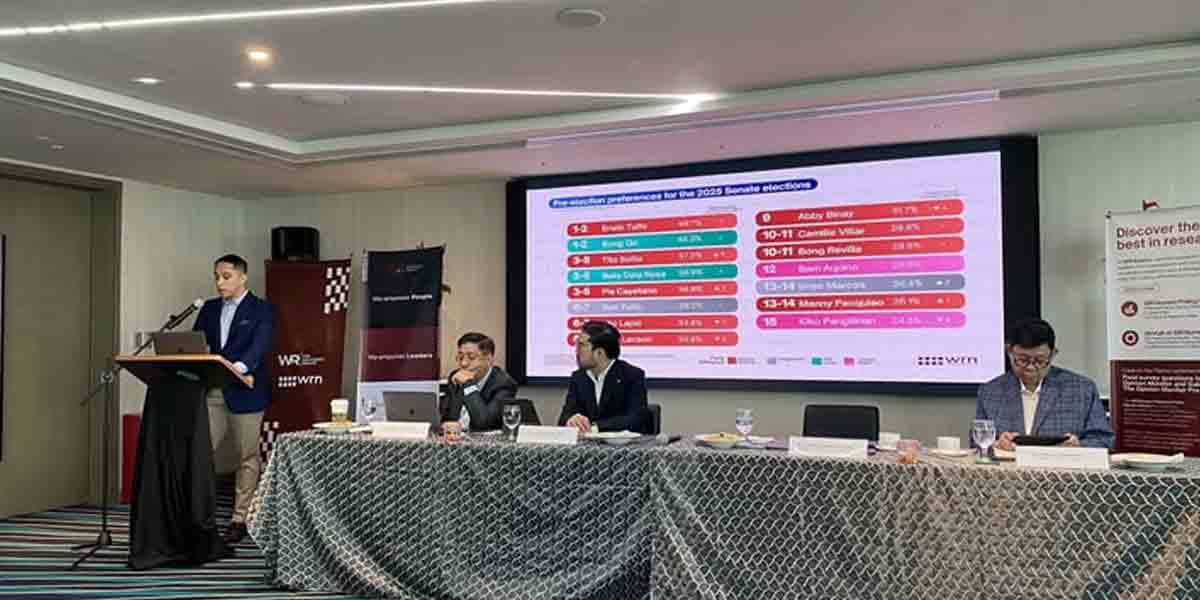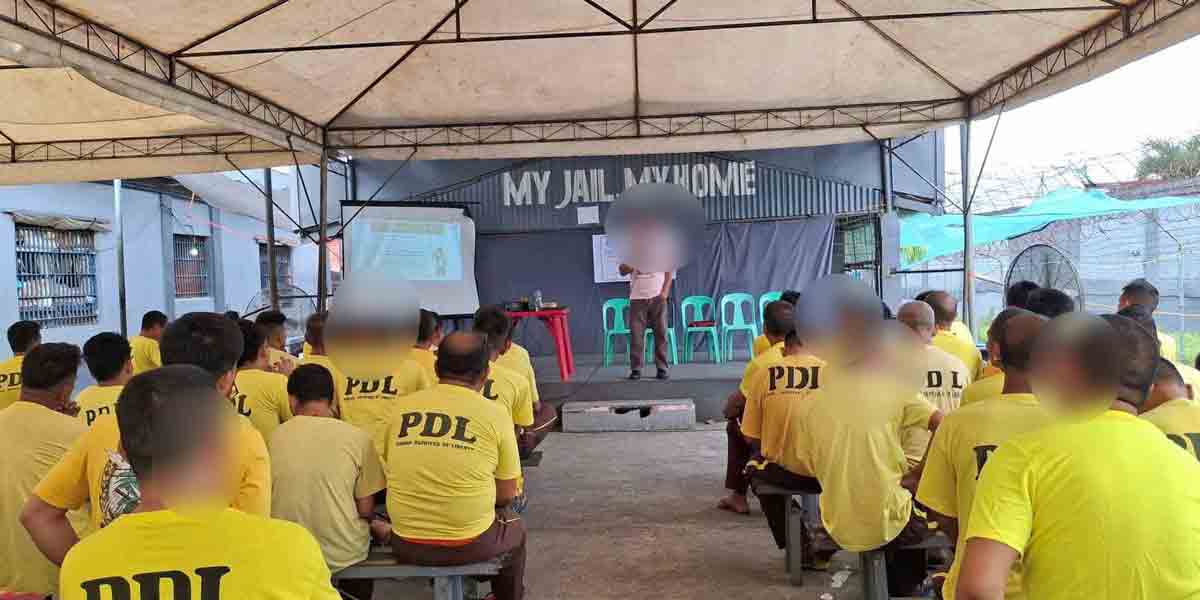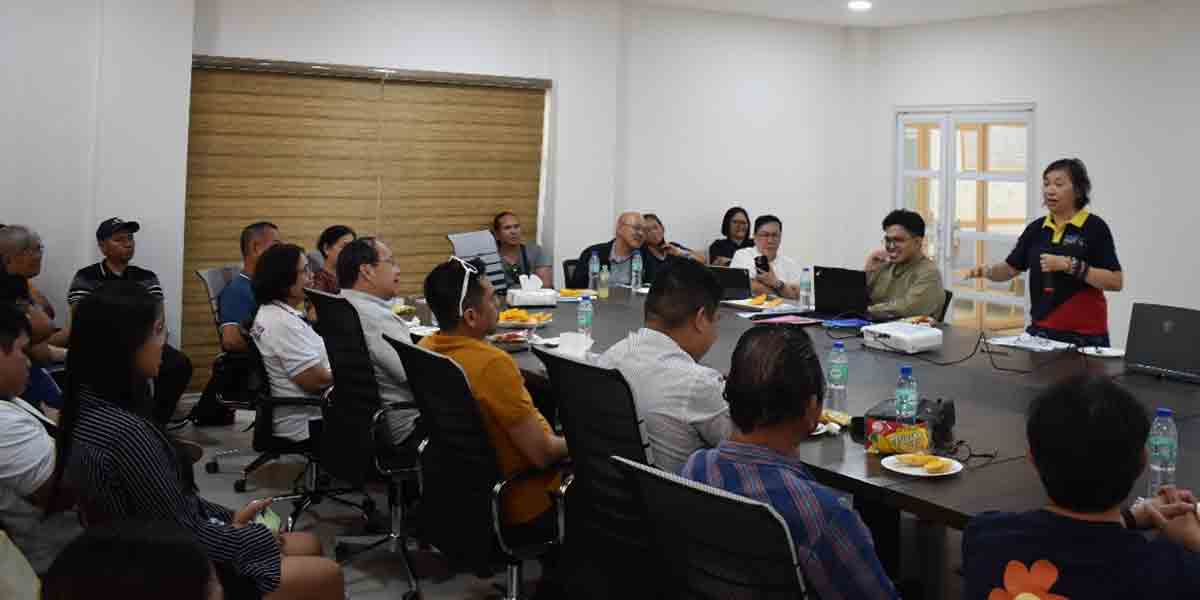As newsrooms worldwide grapple with the rapid advancement of artificial intelligence, the journalism industry stands at a crossroads.
The recent East-West Center’s International Media Conference in Manila highlighted both the immense potential and significant risks AI presents to the future of news. With over 400 journalists and media professionals from 30 countries, the discussions underscored a crucial theme: “The Future of Facts.”
AI’s capabilities are already transforming newsrooms. From the Associated Press’ image search function to Rappler’s election candidate profiles, AI is streamlining time-consuming tasks and freeing journalists to focus on higher-value work. The technology’s prowess in data analysis and content repurposing offers exciting possibilities for reaching diverse audiences and enhancing civic engagement.
However, we must approach AI integration with caution. The spread of misinformation, deepfakes, and AI-powered propaganda poses a grave threat to democracy and public discourse. The power wielded by tech giants to control information flow, as demonstrated by Meta’s news blackout in Canada, is deeply concerning.
Don Kevin Hapal of Rappler stressed the importance of human oversight, saying, “We believe that human critical thinking and creativity is supreme.” This sentiment was echoed by Khalil A. Cassimally from The Conversation, who noted that their AI-generated content undergoes rigorous fact-checking to minimize inaccuracies.
As the Philippines and other nations approach crucial elections, the role of AI becomes even more critical. Irene Jay Liu from the International Fund for Public Interest Media emphasized the potential of AI to spread misinformation. She pointed out that influencers, rather than traditional journalists, increasingly shape public opinion, a trend evident in recent Philippine elections.
To harness AI’s potential without undermining democracy, news organizations must establish clear guidelines for AI use. This includes transparency in AI-generated content and ensuring human oversight. Collaboration among journalists, fact-checkers, and editors, as seen in India’s Project Shakti, is essential to combat disinformation effectively.
News organizations must act swiftly to develop comprehensive guidelines for AI usage. These protocols should prioritize transparency, fact-checking, and maintaining human oversight in editorial processes. Importantly, AI should augment human journalists, not replace them.
The journalism industry must also foster greater collaboration to combat disinformation. Initiatives like India’s Project Shakti demonstrate the power of collective fact-checking efforts in preserving electoral integrity.
Ultimately, the future of journalism hinges on our ability to harness AI’s potential while safeguarding the core principles of accuracy, ethics, and public service. As we navigate this new frontier, vigilance and a deep understanding of AI’s capabilities and limitations will be paramount.
News organizations, tech companies, and policymakers must work together to ensure AI serves as a tool for truth-telling rather than manipulation. The integrity of our information ecosystem – and by extension, our democracies – depends on it.
While AI holds promise for enhancing journalism, it is imperative that news organizations adopt responsible practices to safeguard the integrity of information. Vigilance and understanding of AI’s implications are crucial as we navigate the complex landscape of modern journalism and upcoming elections.






















